Twice this year Applecross failed to attract a Gaelic teacher in what was once a stronghold for the language.
It highlighted a national recruitment issue that is affecting the growth of Gaelic medium education (GME) in many areas.
A new report has now revealed a lack of teachers means vacancies across Scottish cannot be filled, with rural and island schools hardest hit.
It calls for a special taskforce to be set up amid fears some language schools may be forced to close.
How many Gaelic teachers are needed?
The report claims the situation is likely to get significantly worse with forecasts that not enough teachers will be available to meet GME needs over the next five years.
In that time, 19 councils with existing or planned GME say a minimum 420 primary and 228 secondary teachers will be required.
This means at least 135 primary and 90 secondary recruits are needed in the profession.
However, only 25 potential teachers – 21 primary and four secondary – graduated from universities this year.
The new analysis has been carried out by Dr Michael Foxley, former leader of Highland Council and member of the University of the Highlands and Islands, and Professor Bruce Robertson, the council’s former education director and visiting professor at the University of Strathclyde.
Their recommendations also include financial incentives to potential recruits, more flexible and localised initial teacher education opportunities and a review of probationary teacher allocations.
The report will be sent to the Scottish Government as part of a consultation on its commitments to Gaelic and Scots and a Scottish Languages Bill.
It says for many schools and councils recruiting and retaining GME teachers is the biggest obstacle in expanding Gaelic education.
Problems include lack of cover for absent teachers, long-term teacher vacancies and a lack of probationary teachers to match demand.
Future issues could come from increasing demand for teachers and the opening of new Gaelic schools and classes.
Gaelic schools may have to close
The report also highlights the relatively small number of GME students progressing through Initial Teacher Education.
It highlights a danger to remote island and rural schools, claiming some may be forced to close or revert to English medium education.
It says: “There is no suggestion that efforts have not been made to address (the crisis) over the years.
“Many innovative and forward looking initiatives are in place, yet the challenges remain.”
It adds: “Ironically, many of the difficulties facing Gaelic medium education are the consequence of its success, but also have been around for four decades.”
The authors say the impacts are likely to be stifled growth of GME and the likelihood of classes being suspended in some areas.
“Action, therefore, is clearly required as a matter of great urgency.
“We are calling for a comprehensive and coordinated plan to be set in place and overseen by Scottish Government with all partners playing their part.
“An action-driven, solution-focused approach is required if parental demands are to be fulfilled and the massive opportunities and benefits of GME are to be realised.”
As an “immediate and critically important starting point”, they urge the Scottish Government to set up a teacher planning taskforce to report within six months.
A fresh approach to GME teacher recruitment should also be introduced with a vocational pathway established.
Could salary incentives help attract Gaelic teachers?
In addition, the report seeks a review of probationer GME allocations and development agency Bord na Gaidhlig’s role in recruitment to ITE be “seriously questioned”.
It says salary incentives for Gaelic teachers would not only boost recruitment, but also help address sustainability issues in fragile communities.
The report is welcomed by parents in Applecross where only a few Gaelic speakers remain.
It has struggled to revive the language with unsuccessful attempts to recruit a teacher to set up a Gaelic unit for eight P1 and P2 pupils.
Immediate Scottish Government-led action is required to encourage recruitment.”
Applecross parent Roslyn Clarke
In March, Applecross parents were the first in the Highlands to use new legislation to request an assessment of the need for GME.
But two attempts by Highland Council to find a teacher have failed to attract applicants.
A new bid will be made for the next school year.
Parent Roslyn Clarke said the unsuccessful recruitment drive meant the children have had to enter English medium classes.
She said: “This is really disappointing, as there is just no other alternative for our children to access GME.
“I think immediate Scottish Government-led action is required to encourage recruitment.
“Additional support and incentive should be made available to help address rural communities who already find it difficult to recruit.
“I also think support should be made available for schools which are unable to recruit, to provide some form of interim Gaelic education.”
The Applecross vacancy was one of six among the council’s 125 Gaelic staff.
Teacher recruitment a long-standing problem
Highland Council’s Gaelic chairman, councillor Calum Munro, said: “This is a long- standing national problem that is felt very keenly in Highland.”
He said Bord na Gaidhlig is working with the council and other local authorities to help recruit GME teachers.
The Scottish Government said it is committed to supporting access to GME.
A spokesman said Gaelic teachers are vital to its success and it is working with partners to create pathways, such as the Gaelic Additional Teaching Qualification (ATQ) at Strathclyde, for those entering the sector.
He adds: “We will consider the findings of this paper carefully and welcome all contributions to the current consultation on the Scottish Government’s commitment to Gaelic and Scots.”
Ministers will set out action in response to the consultation after it closes on November 17.
Gaelic education growing across the country
Bord na Gaidhlig says it welcomes opportunities to work with partners to increase progress to increase teacher recruitment and retention in GME.
“The challenge to increase the number of teachers comes within a context where GME is growing across the country, which is great news for Gaelic.”
The agency says there is much to build on, including the Faster Rate of Progress workstream, led by the cabinet secretary for education and skills.
It says innovations to increase recruitment of students to Initial Teacher Education (ITE) and into employment involve a range of partners.
In 2022-23, there are 70 student teachers at various stages of training at universities in Edinburgh, Strathclyde and the Highlands and Islands.
Are you interested in more exclusive and breaking Highland and Islands news from the P&J? If so, why not join our dedicated Facebook page HERE
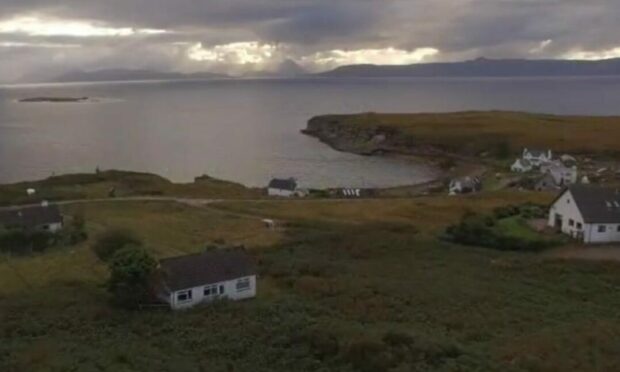
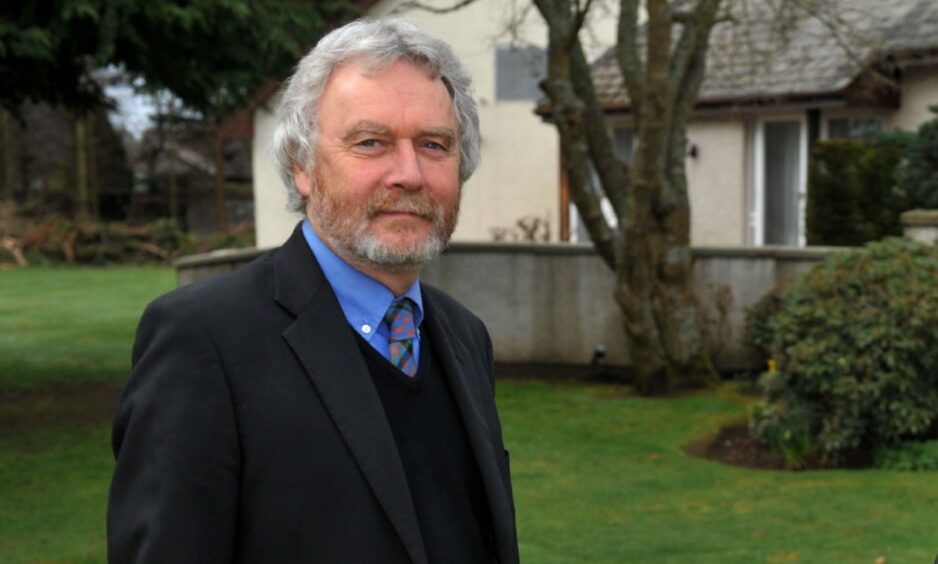
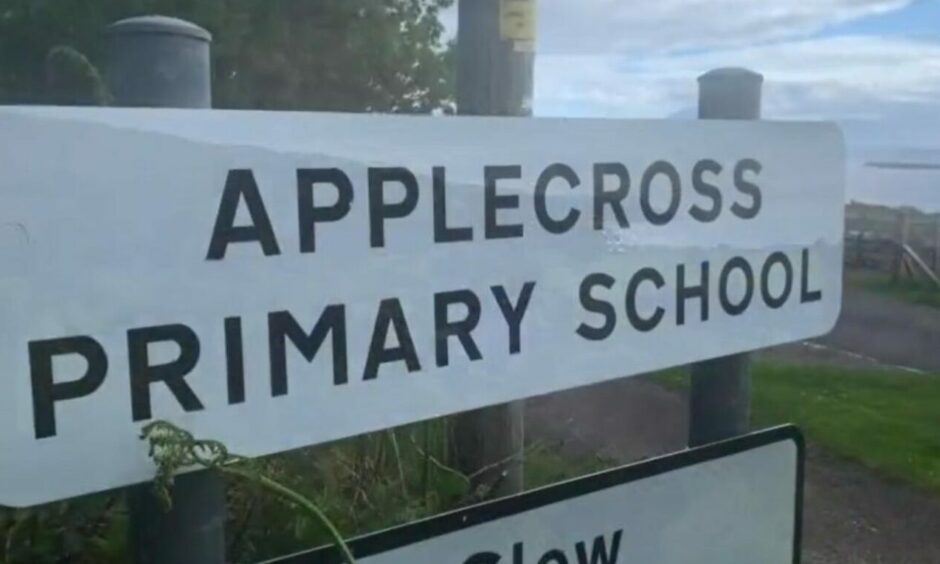
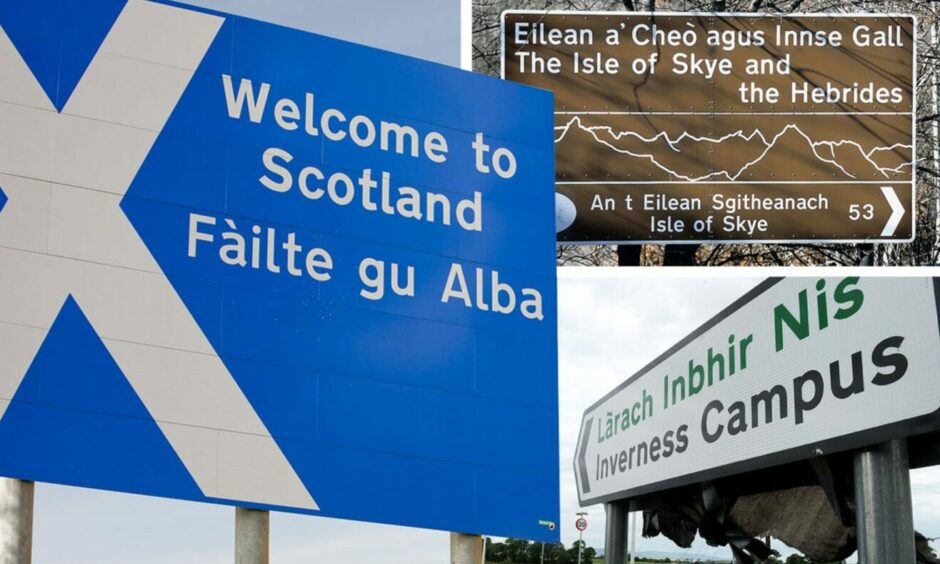

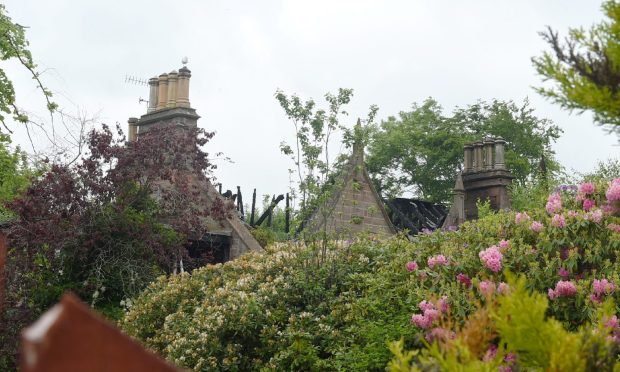






Conversation